
“When you look throughout history, when there is a combination of climate change, resource depletion, and enormous income inequality, civilizations fall apart, and we see collapse. And when there’s a lot of social cohesion, then civilizations are able to overcome some of the stresses they’re facing. And so these issues are all interrelated, and as much as we need behavior changes and energy-systems changes, and a lot of technological and certainly infrastructure changes to deal with climate change, at the root we also need to create a more equitable social system to accomplish them.”
View this complete post...
Tags: Bach, Envision Utah, Jonathan F.P. Rose, Jonathan Rose, Jonathan Rose Companies, music, The Well-Tempered City
Posted in
Green, Guests on The Infra Blog, Policy, Public Opinion, Smart Growth, Sustainability, The Infra Blog, Urban Planning
Comments Off on Guest on The Infra Blog: Jonathan F.P. Rose, Sustainable Developer and Author of “The Well-Tempered City”
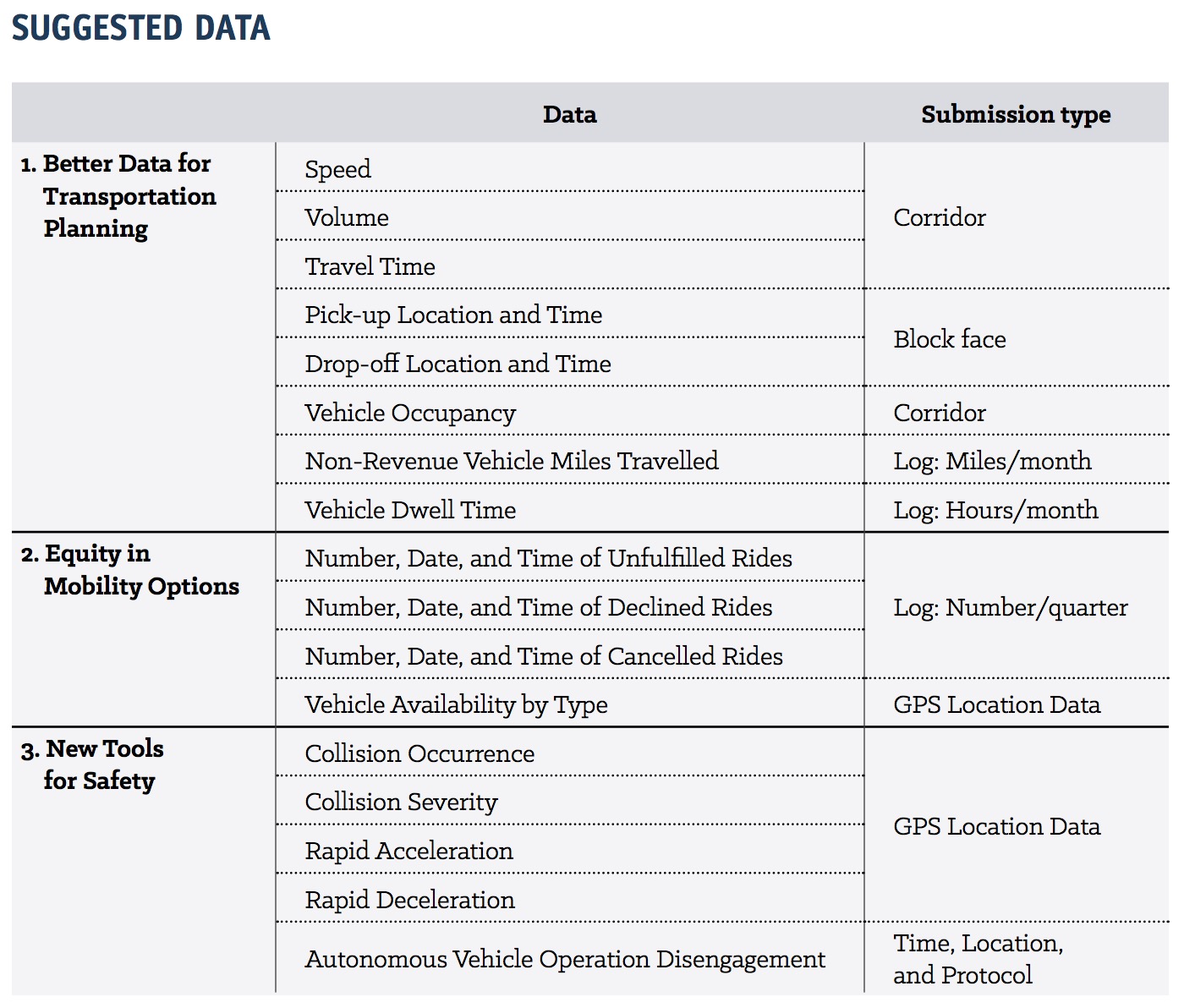












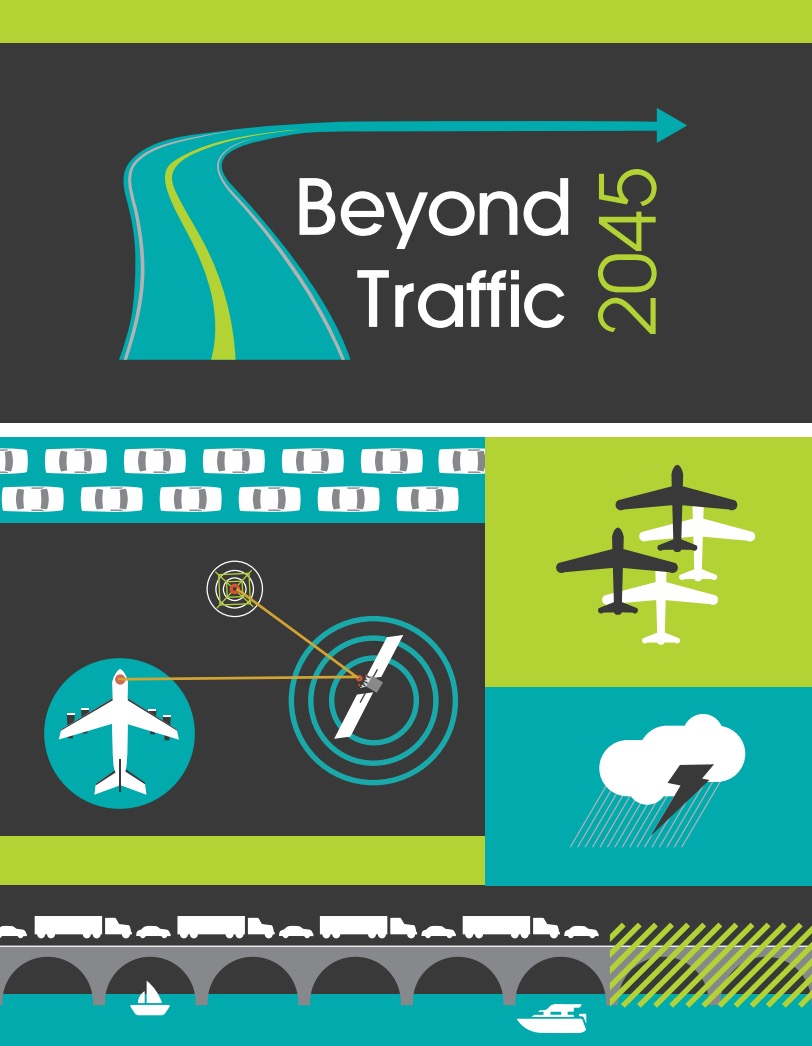
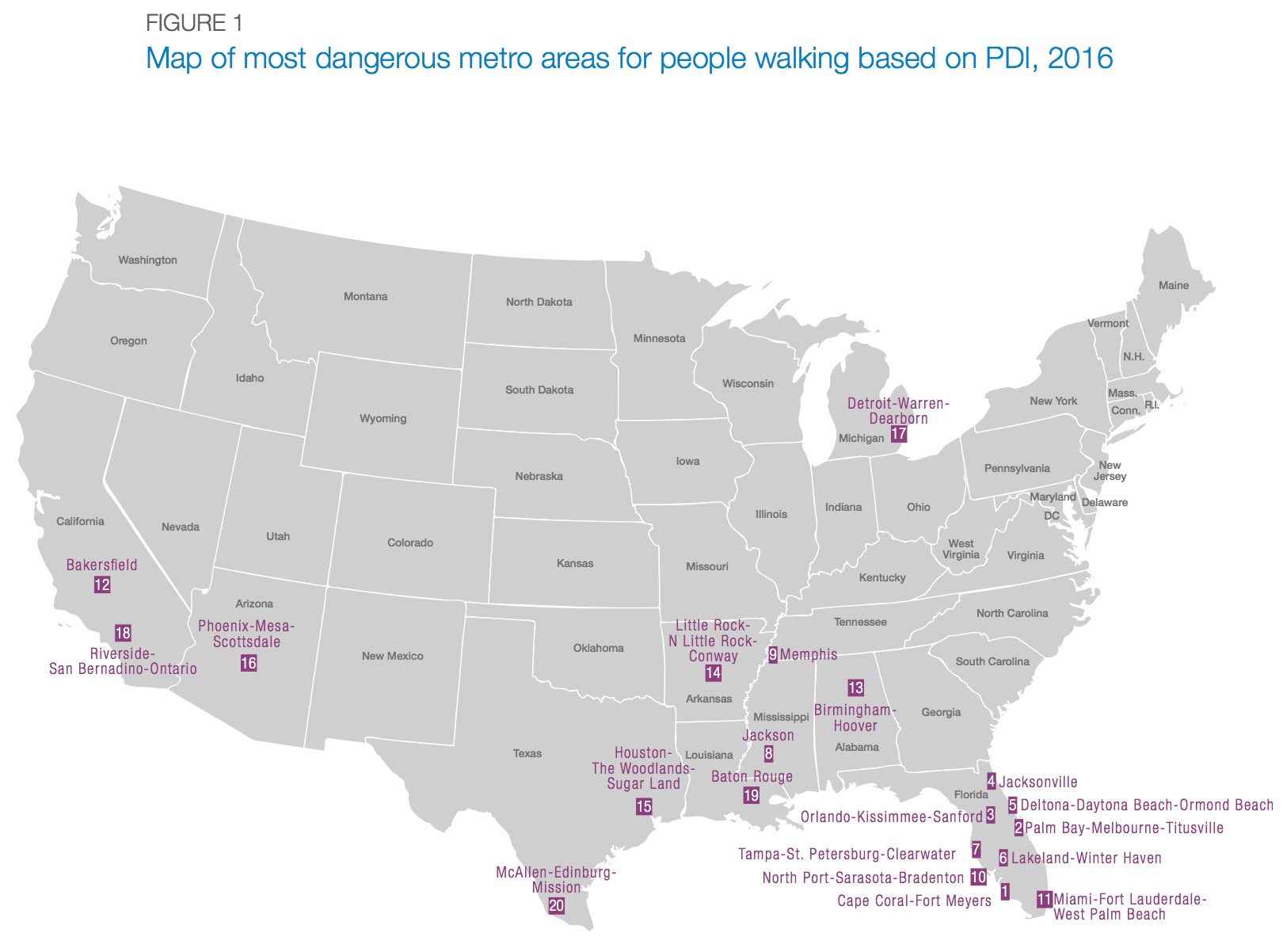
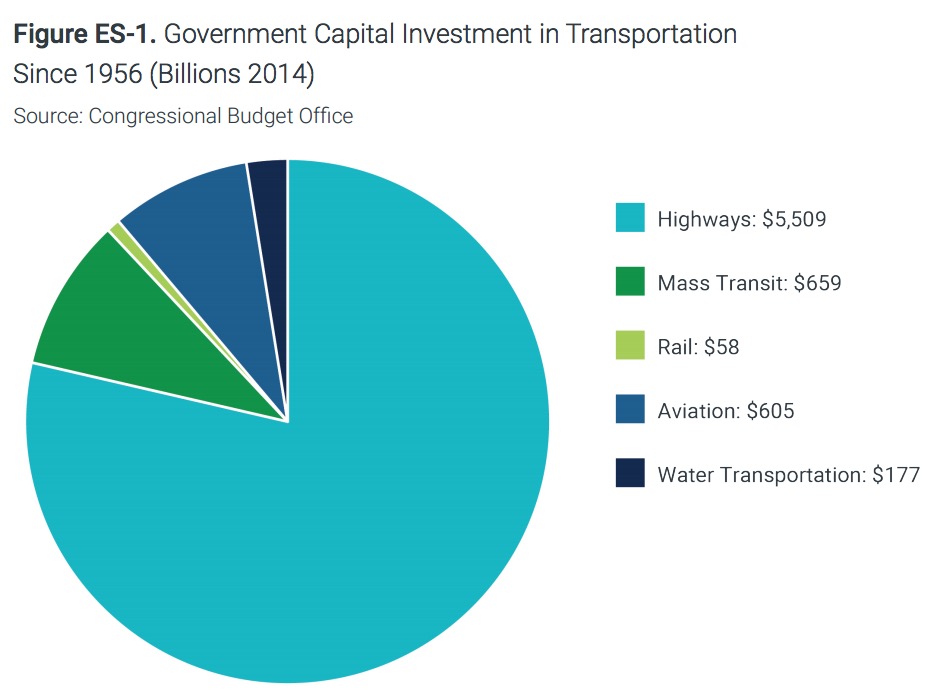
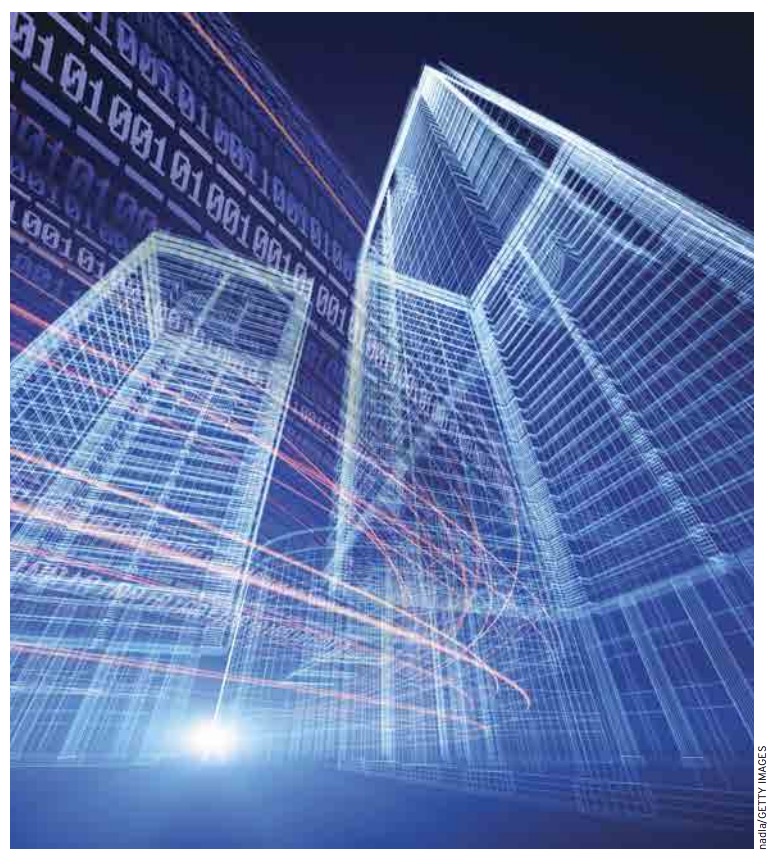
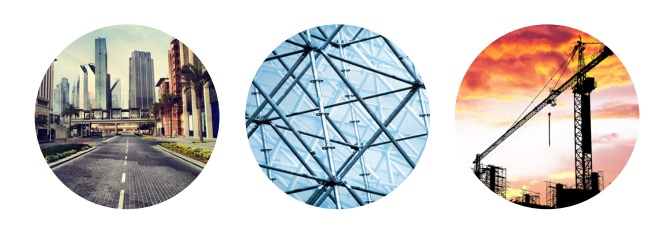

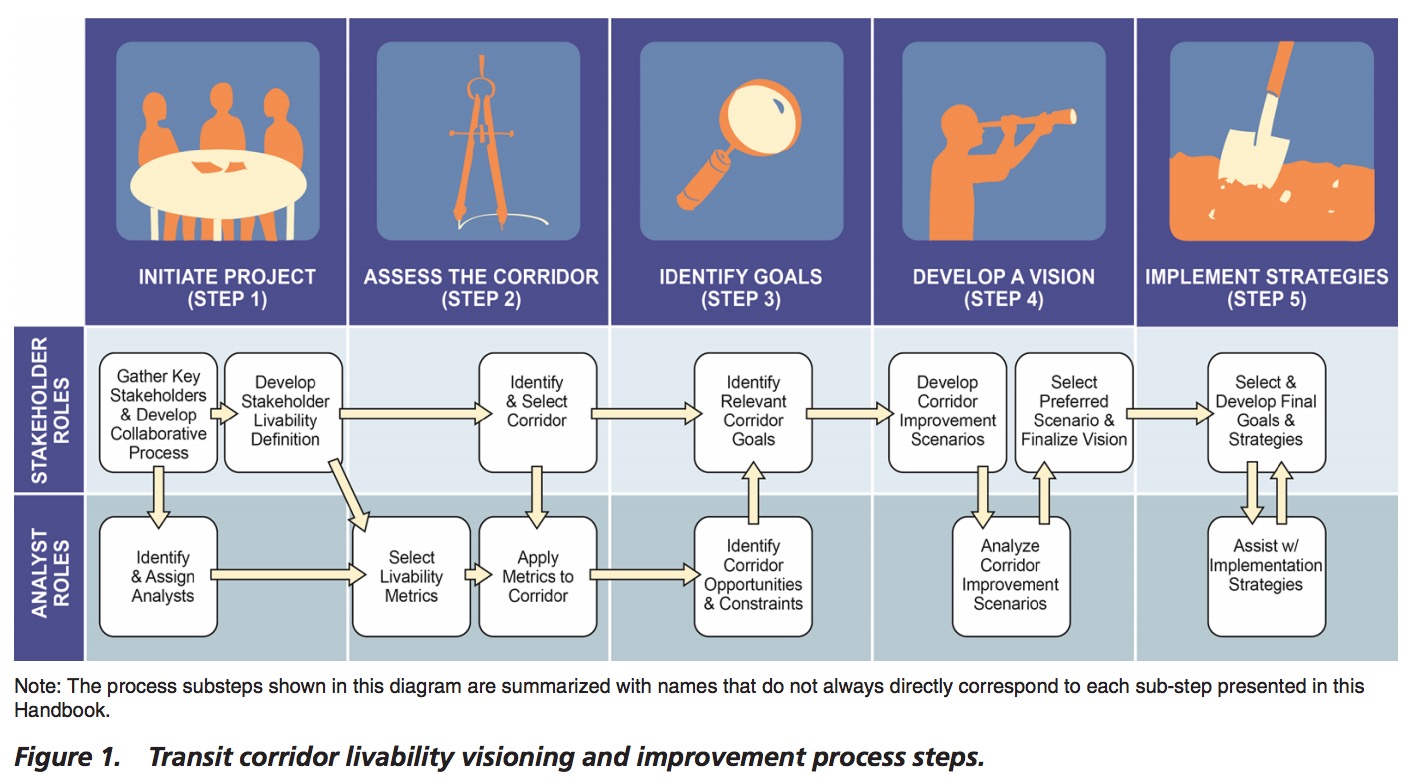

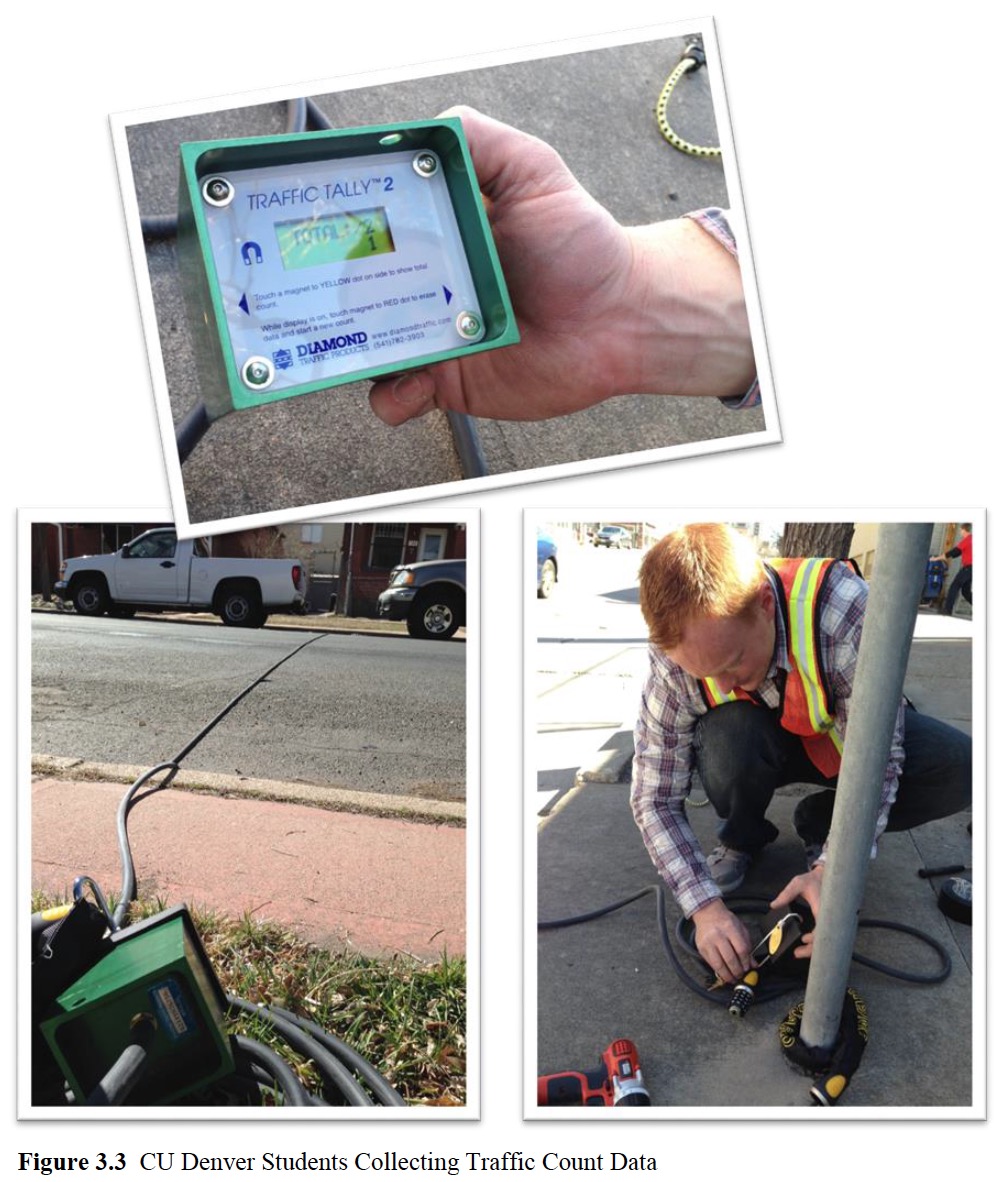

 RSS Feed
RSS Feed